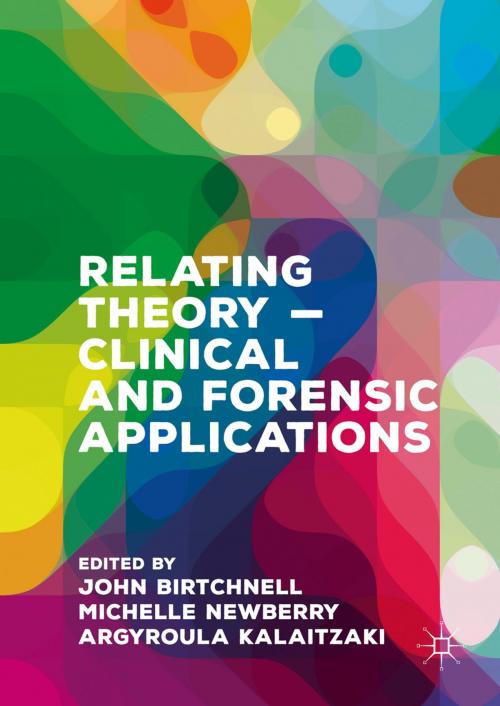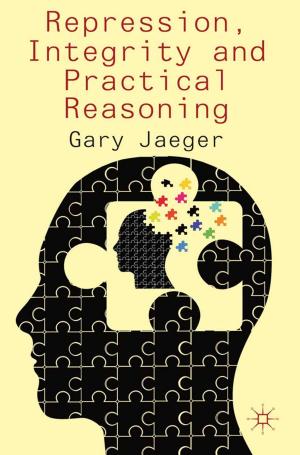Relating Theory – Clinical and Forensic Applications
Nonfiction, Health & Well Being, Medical, Specialties, Psychiatry, Psychology, Psychotherapy| Author: | ISBN: | 9781137504593 | |
| Publisher: | Palgrave Macmillan UK | Publication: | June 29, 2016 |
| Imprint: | Palgrave Macmillan | Language: | English |
| Author: | |
| ISBN: | 9781137504593 |
| Publisher: | Palgrave Macmillan UK |
| Publication: | June 29, 2016 |
| Imprint: | Palgrave Macmillan |
| Language: | English |
This book brings together recent research developments in relating theory. It is divided into four parts, which introduce the reader to relating theory, how it has developed and how it can be applied to clinical and forensic psychology. Topics include how couples relate to one another, how young people relate to their parents, how assessments of relating can be used in therapy, how specific negative relating styles relate to offending behaviour, risk taking and alcohol use, psychopathic and sadistic tendencies, and how the interpersonal relating of offenders can change during treatment in prison. The book covers international research involving both quantitative and qualitative methods, and will be of interest to clinicians, academics and both undergraduate and postgraduate students in the fields of psychology, clinical psychology, forensic/criminal psychology, psychiatry, psychotherapy, counselling, art-therapy, and mental health.
This book brings together recent research developments in relating theory. It is divided into four parts, which introduce the reader to relating theory, how it has developed and how it can be applied to clinical and forensic psychology. Topics include how couples relate to one another, how young people relate to their parents, how assessments of relating can be used in therapy, how specific negative relating styles relate to offending behaviour, risk taking and alcohol use, psychopathic and sadistic tendencies, and how the interpersonal relating of offenders can change during treatment in prison. The book covers international research involving both quantitative and qualitative methods, and will be of interest to clinicians, academics and both undergraduate and postgraduate students in the fields of psychology, clinical psychology, forensic/criminal psychology, psychiatry, psychotherapy, counselling, art-therapy, and mental health.















